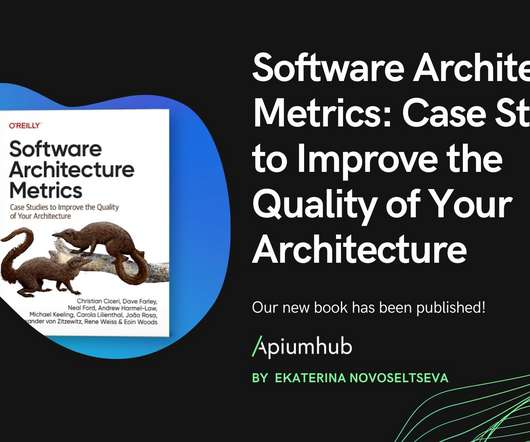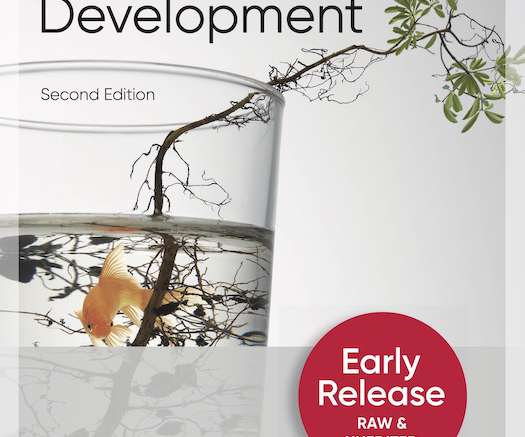Our book “Software Architecture Metrics: Case Studies to Improve the Quality of Your Architecture” is published!
Apiumhub
JUNE 22, 2022
He began his professional career with a specific interest in object-oriented design issues, with deep studies in code-level and architectural-level design patterns and techniques. He is a trainer for software architecture seminars and coaches teams in various software architecture topics. From Programmer to Software Architect.















Let's personalize your content